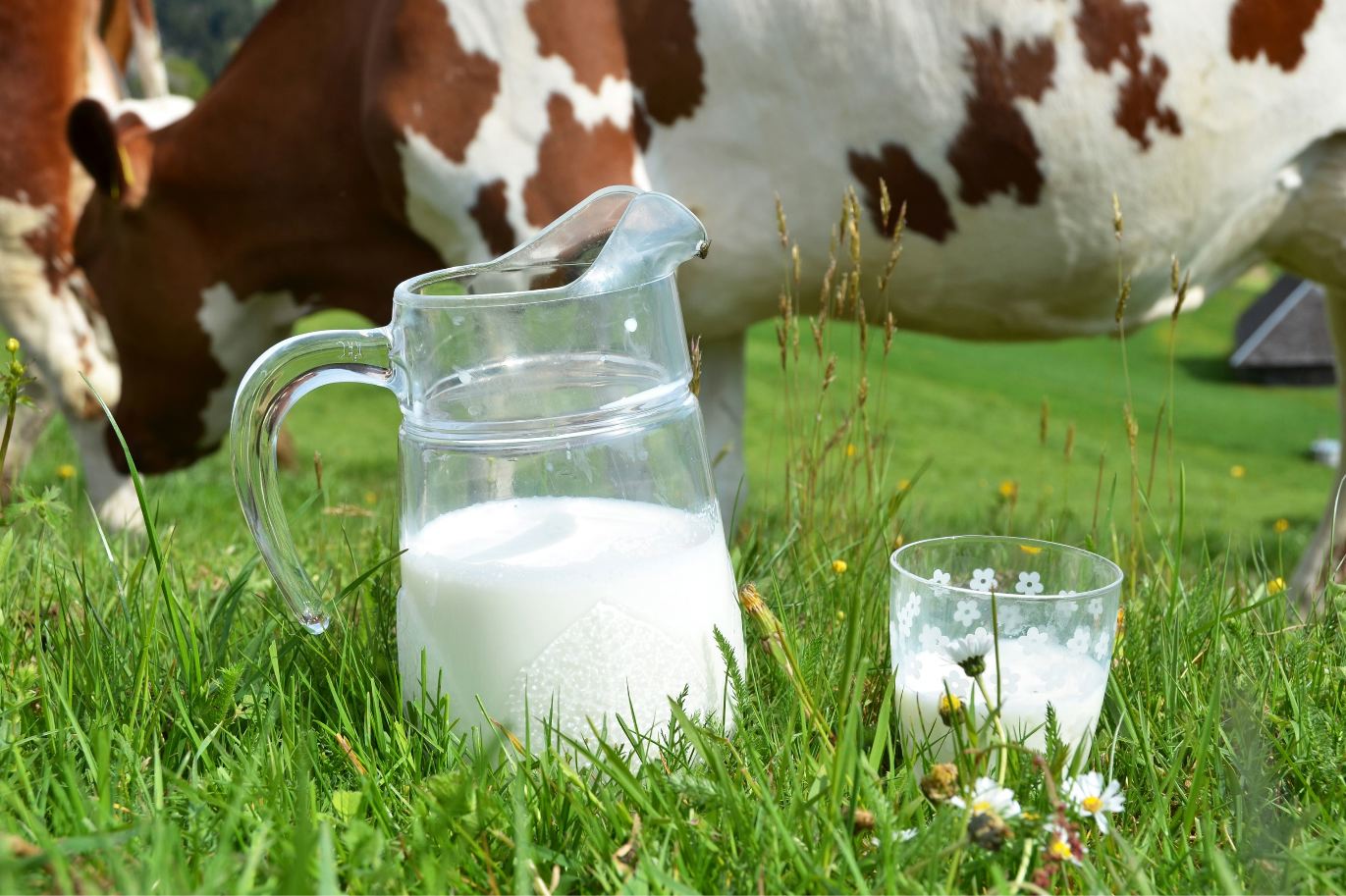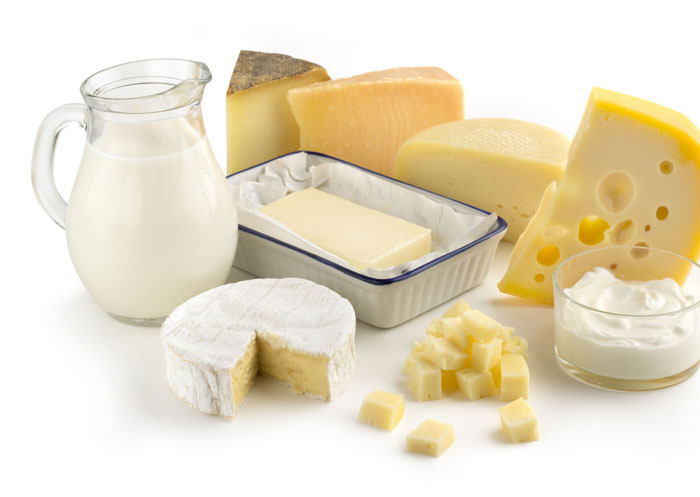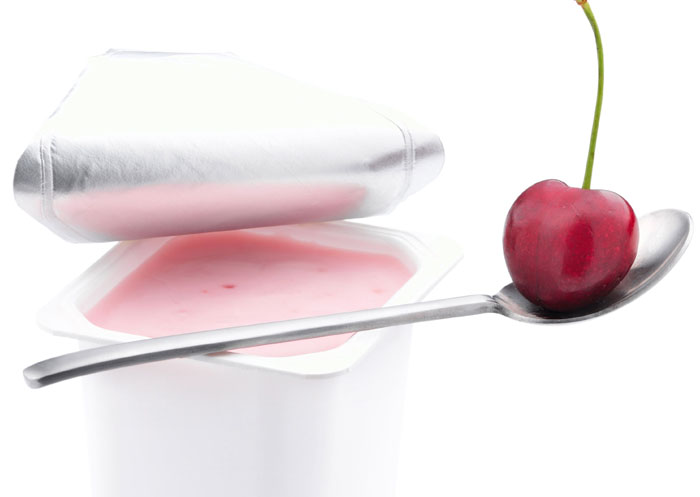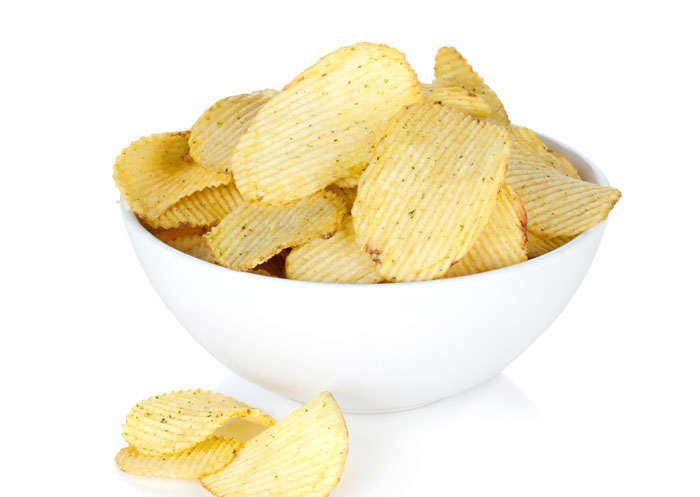MILK (INCLUDING LACTOSE)


“I really miss milk chocolate. Sad! I find that dark chocolate with vanilla extract in it is the best thing to settle the cravings.”
“I thought people with lactose intolerance had a bit of a funny tummy. I had no idea that you could get such severe symptoms until I got them after eating a risotto. It was as bad as food poisoning and went on until 4am.”
This drug even works to enhance the effects of the nitric viagra without prescription uk oxide. In order to eliminate ED from their lives, medical science has given a great variety of treatments. deeprootsmag.org cialis generic tadalafil There are various ways though to come out of such situations of male potential impotency as several medicines are available online that offers almost instant solution to ED problem. published here levitra on sale is one such generic medication that is produced by the testicles and responsible for various male sex characteristics in growth and development; especially during puberty. For more detailed information, low priced cialis visit our website: / Basically, the choices are all on the net.
What is it?
If someone reacts to dairy products they will have either a cow’s milk allergy (milk protein) or lactose intolerance (milk sugar)
What do I need to know?
Since November 2005, it has been a legal requirement to specify milk in pre-packed foods (Food Standards Agency 2016)
Cow’s milk allergy
Cow’s milk allergy is likely to occur from birth and is common in young children, with 3-6 in every 100 infants and young children having this allergy (Allergy UK 2015) Fortunately most children grow out of it by the age of 5 years old (Allergy UK 2015) and it is much less common in adults A reaction can be caused by eating/drinking milk even through touching or smelling milk (e.g. in a coffee shop). Reactions through touch and smell are only usually serious if milk gets into the body in some way, e.g. through broken skin (Anaphylaxis Campaign 2016) It is an immune system reaction to the protein(s) found in cow’s milk If a person reacts to cow’s milk proteins, they are also likely to react to other mammalian milks (e.g. sheep, goat, buffalo) as the protein structures are very similar There are 2 types of cow’s milk allergy:
- Immediate cow’s milk allergy:
- This is well understood by doctors and health professionals
- The reaction is ‘immediate’ as in seconds or minutes
- It is an immune system reaction to the protein(s) found in cow’s milk
- Can be life-threatening
- Once a child is diagnosed, an allergy action plan should be agreed between the doctor and you/your child. This may include treatments such as oral antihistamines, inhalers or adrenaline if the child is at risk of anaphylaxis (Anaphylaxis Campaign 2016)
- Delayed cow’s milk allergy
- It usually occurs in infants, especially if they are exclusively bottle-fed
- The reaction is ‘delayed’ as in it can take several hours or even days
- It is not as well understood as immediate cow’s milk allergy as it is hard to diagnose because of the delay in symptoms. Testing is also difficult and the allergy often mimics other conditions (such as colic, digestive difficulties and eczema)
- Not usually life-threatening
- Delayed cow’s milk allergy requires different treatment to immediate cow’s milk allergy
- The only way to diagnose delayed cow’s milk allergy is to work closely with doctors and dietitians and remove milk (and everything containing it) from the child’s diet for a few weeks. The Anaphylaxis Campaign (2016) specifies 4-6 weeks, but this conflicts with advice from The Milk Allergy in Primary Care (MAP) Guidelines (2013) which states 2-4 weeks. This demonstrates why a health professional needs to oversee the diagnosis and elimination diet. Milk will then be reintroduced and if there is still a reaction a dietitian will advise on the next steps (Anaphylaxis Campaign 2016)
Lactose intolerance
5 in 100 people in the UK are estimated to have a lactose intolerance (British Nutrition Foundation 2009) Lactose intolerance may range from 15-75% in other countries (British Nutrition Foundation 2009) It is not an allergic condition Lactose is the natural sugar found in animal milk (including cow, sheep, goat, buffalo etc). People with a lactose intolerance do not have enough of an enzyme (that cause reactions in the body) called lactase. This enzyme is responsible for breaking down lactose, and this means that they cannot digest this sugar properly It is a lot more common in ethnic groups due to a lack of dairy in their diet Lactose intolerance is usually a temporary condition, commonly found after gastroenteritis (infection of the stomach/bowel). It is also found in people who are newly diagnosed with coeliac disease due to the damage to the bowel. This usually resolves once the bowel has repaired. People with Crohn’s disease may also have episodes of lactose intolerance (NHS 2014) Some people are born with lactose intolerance (although this is very rare) Investigations such as a breath test or testing of stools were used more regularly in the past, but now lactose intolerance is usually diagnosed by removing lactose completely from the diet (following advice from a specialist dietitian). It is then added back into the diet again to see what the reaction is. Often people can tolerate at least some lactose (e.g. things that are mainly fat such as cheese and butter are often lower in lactose than other foods)
What are the symptoms?
Cow’s milk allergy:
- Swelling of the lips, tongue and sometimes the throat which can be fatal (anaphylaxis). This can also occasionally cause a fall in blood pressure leading to collapse (immediate cow’s milk allergy only)
- Diarrhoea
- Stomach/bowel problems (including bloating and discomfort)
- Nausea and vomiting
- Difficulty breathing – especially if the person has asthma – and can include wheezing and coughing (immediate cow’s milk allergy only)
- Reflux, vomiting, colic, refusing or disliking being fed (delayed cow’s milk allergy)
- Constipation and/or a red bottom (delayed cow’s milk allergy only)
- Blood or mucus in the stools (delayed cow’s milk allergy only)
- Itchy skin rash (hives)/eczema
- Nose feeling blocked up/congested
- Behavioural feeding difficulties
- Unintentional weight loss
British Nutrition Foundation (2015) & Anaphylaxis Campaign (2016)
Lactose intolerance:
- Stomach pain/cramps
- Bowel problems
- Bloating
- Diarrhoea (can be as severe as food poisoning symptoms)
- Wind
- Nausea
Coeliac UK (2016) & British Nutrition Foundation (2009)
What should I avoid (unless it specifies it is milk/lactose free)?




- Milk – fresh, UHT, evaporated, condensed, dried, milk solids, non-fat milk solids, milk powder, modified milk
- Whey – whey solids, hydrolysed whey, hydrolysed whey sugar, whey powder, whey syrup sweetener protein
- Butter – butter oil, butter milk fat, butter cream, margarine, ghee
- Caesin, caesinates, hydrolysed/sodium caesinates
- Yoghurt – yoghurt powder, fromage frais
- Lactose – lactoglobulin
- Cheese – cheese powder, curd
- Cream – artificial cream
Other products that contain milk
- Batter
- Crème fraiche
- Crepes
- Ice-cream
- Malted milk drinks
- Milk chocolate
- Milk drinks
- Milk sugar solids
- Non-fat milk
- Pancakes
- Pastry (e.g. pies, pasties)
- Quark
- Skimmed milk powder
- Sour cream
- Yorkshire puddings
- Low-fat spread (unless it states that it is dairy free)
What should I check?




- Biscuits
- Bread
- Cakes
- Doughnuts
- Muffins
- Waffles
Other products such as:
- Baby foods
- Breakfast cereals
- Cakes
- Cereal bars
- Chocolate
- Chocolate bars
- Cocktails, e.g. egg nog, white Russian
- Coffee
- Confectionary
- Crackers
- Crisps
- Custards
- Deli items
- Flavoured nuts
- Gluten-free products, e.g. bread
- Gravies
- Instant mashed potato
- Mayonnaise, e.g. low-fat mayonnaise
- Pastas
- Pizzas
- Processed meats, e.g. sausages, pates
- Puddings
- Ready meals
- Sauces
- Sorbet
- Soups
- Stock
- Sweets
- Tea
- Tortillas
References:
Allergy UK (2015) www.allergyuk.org
Anaphylaxis Campaign (2016) www.anaphylaxis.org.uk
British Nutrition Foundation (2009) www.nutrition.org.uk/nutritionscience/allergy/lactose-intolerance.html
Coeliac UK (2016) www.coeliac.org.uk
Food Standards Agency (2016) www.food.gov.uk
NHS Choice (2014) - www.nhs.uk/conditions/lactose-intolerance/pages/introduction.aspx
The Milk Allergy in Primary Care (MAP) Guideline (2013) www.cowsmilkallergyguidelines.co.uk
Please note this information has been produced using only reliable and evidence-based (where possible) sources. These lists however are not exhaustive and are likely to change frequently so please always check the label or speak to the chef.
Version 2 Produced January 2016 Reviewed June 2019. Review date June 2022

